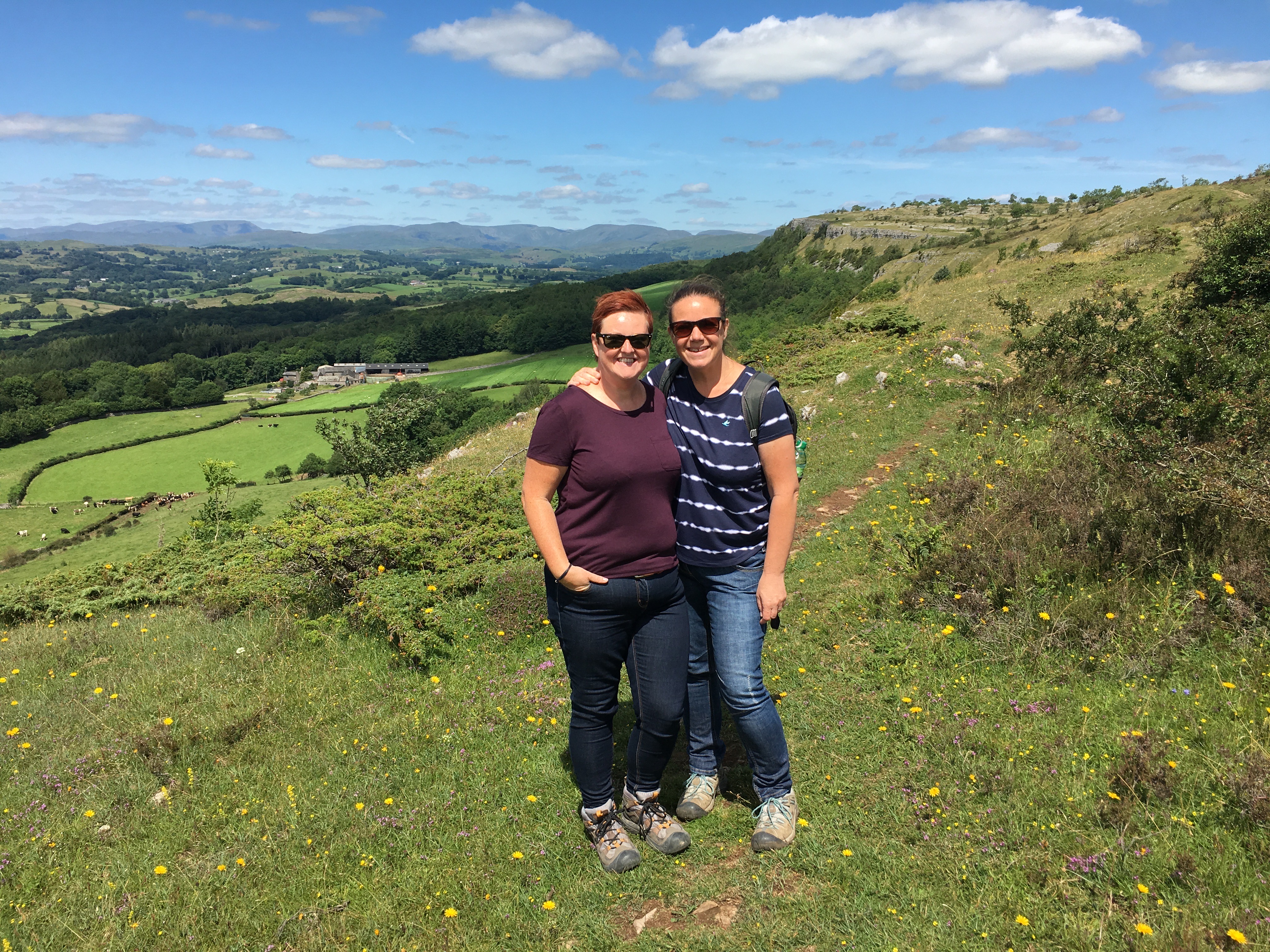Easy steps to start walking every day
Taking a 10-minute walk has some great benefits both mentally and physically; I was quite surprised at how just a little movement could impact so greatly. Check out all these positives in exchange for a 10-minute walk!
Let’s start with the physical benefits
- Great for your heart. Walking lowers blood pressure, cholesterol and regulates blood sugars.
- Good for your bones. As a weight-bearing exercise, walking supports good bone health.
- Improves lung capacity. Lung capacity is improved because as we walk our bodies require more oxygen, as lungs become stronger breathing improves.
- Strengthening legs and feet. Walking encourages good gait and balance.
- Keeps you flexible. Underused muscles, ligaments and tendons get tight, causing pain (particularly in the lower back.) The less you use them the tighter they get causing increased pain. Walking is a great low impact exercise.
- Improves brain function. Walking helps improve attention span, focus and concentration.
And what about improved mental health?
- May ease depression. When you walk, endorphins or “feel good” chemicals are released. This is a mood booster. In addition, as we walk, our cortisol levels drop, cortisol is produced when we are feeling stressed. Taking deeper breaths contributes to an overall feeling of wellness.
- Walking encourage you to “be in the moment,” and to become aware of your physical surroundings.
Anything else?
- Oh, and let’s not forget, walking burns calories. Approximately 50 calories are burnt for every 10 minutes of walking, depending on your weight.
So, potentially, taking 10 minutes, every day, to walk briskly for you and your health, is an empowering activity.

Scout Scar near Kendal, Cumbria
8 tips for turning “thoughts” into “actions!”
Make your 10 minutes walk a top priority. Commit to it and make yourself accountable. Set a target number of days to which you will get out and do your walk.
Assess your day. Where and at what time are you going to do your walk? Can you incorporate it into your lunch break? If you travel to work by public transport, can you schedule your walk around your route? Can you get up a bit earlier? Or will it happen after dinner? Creating a routine might be helpful, getting into the habit of doing your walk at the same time. That way, the thought process has been removed and in time, you’re more likely to just do it because that what your brain will “expect” you to do.
Establish what you will need. Comfortable shoes, a raincoat or umbrella, perhaps your favourite tunes and if you want to “track” your progress we use a Fitbit Charge 2 Activity Tracker.
Identify any potential “issues.” What might stand in the way of your walk? Pre-empt any potential hindrances and think about how you will ensure you still get your walk.
Let people know. Letting your friends, colleagues or family know, particularly those who may be around at your scheduled “walk time” is important. Ask for their support in meeting your target. You might find other people want to join you.
Record your success. Sticker charts, star charts both visual and virtual are a great way to keep a track of your achievements. They may help keep you motivated and push you into action when you’re not in the mood.
A reward. If you meet your targets, will you award yourself with a prize? Why not! You have achieved something you have set out to do and that deserves recognition.
Review. It’s important to review your progress. If things don’t work out with your walking, think about why not. Go back through these stages and see if you missed something out. Perhaps you decided to do the walk at work but forgot to take your flat shoes. How can you fix that, have you got a spare pair of suitable “walking” shoes you can leave in work? Maybe it rained one day? Did you have an umbrella or waterproof coat? Has it rained torrentially every day… Did you consider your “blockers” – if not perhaps they caused an issue, or maybe not making people aware of your goals meant they demanded your time when you had planned your walk? Don’t be put off, learn from what has not worked by making a new plan that will.
Will you set a 10-minute walking goal?
Setting and achieving a 10-minute walking goal is a fantastic start for anyone who wants to build an activity habit into their lives. Walking is free, requires very little “kit” and can often be easily incorporated into your day. And the good news is, once you’ve felt the success of achieving something you have set out to do, you can start applying these tactics to other areas and things you may want to achieve – or perhaps your 10 minute walk might become 15 minutes or even lead, dare I say it, to a walk/run routine…
Did you know that that NHS offers a great free download which aims to get you from couch to 5K? Perhaps give it a go!
Thank you for reading this Landscape Your Life Takeaway. We hope you have found the information useful and practical. If you are interested in making positive changes to your lifestyle, take a look at our book: Landscape Your Life – Sow the Seeds of Success. Here you will discover how sowing 5 essential SEEDS will help you relax and find contentment. Learn how to be more productive, cultivate consistency, sort out your shed and deal with any slugs or weeds in your life!




